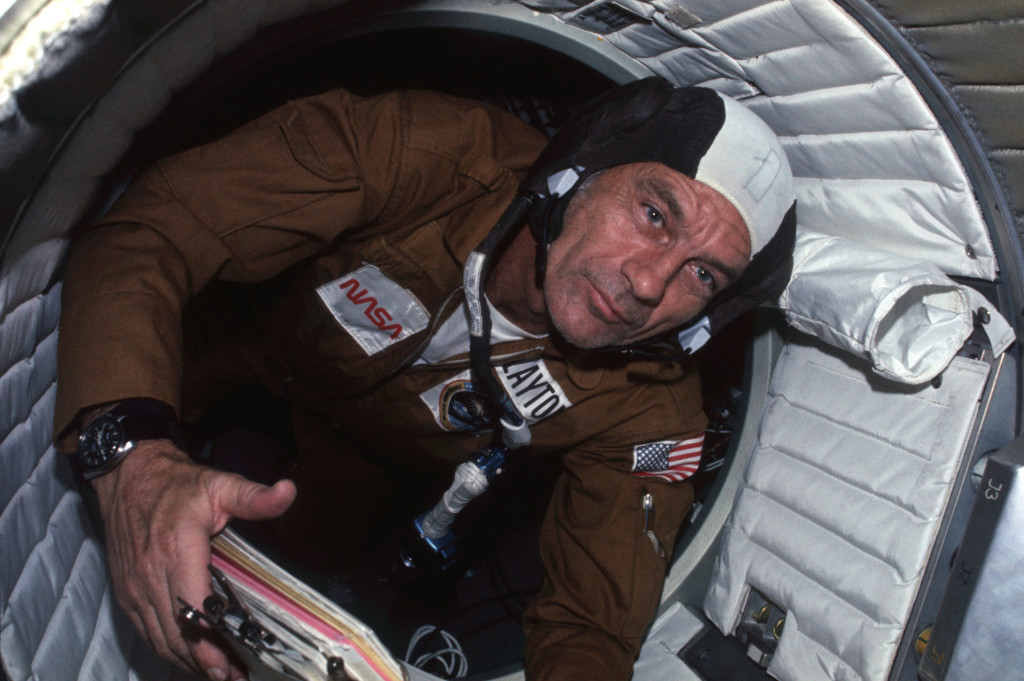
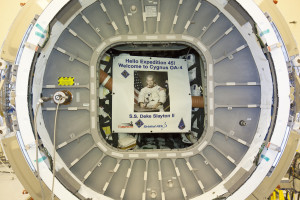 Orbital ATK’s enhanced Cygnus spacecraft carries the name S.S. Deke Slayton II as a tribute to the Mercury astronaut who became a pioneer of commercial spaceflight endeavors after retiring from NASA. Slayton, a decorated Air Force test pilot before being chosen as one of the original astronauts, flew on the Apollo-Soyuz Test Project in 1975.
Orbital ATK’s enhanced Cygnus spacecraft carries the name S.S. Deke Slayton II as a tribute to the Mercury astronaut who became a pioneer of commercial spaceflight endeavors after retiring from NASA. Slayton, a decorated Air Force test pilot before being chosen as one of the original astronauts, flew on the Apollo-Soyuz Test Project in 1975.
Countdown and Launch Timeline
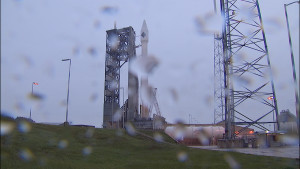 Here’s a look at today’s countdown events leading up to an on-time liftoff at 5:55:45 p.m. EST.
Here’s a look at today’s countdown events leading up to an on-time liftoff at 5:55:45 p.m. EST.
EST Event
4:45 p.m. Start flight open loop Flight Termination System test
5:09 p.m. Initiate fuel fill sequence
5:21 p.m. Begin 30 minute hold at T-4 Minutes
5:25 p.m. Weather Briefing
5:48 p.m. Status check to continue countdown
5:51:45 p.m. T-4 Minutes and counting
5:55:42 p.m. RD-180 engine ignition
5:55:45 p.m. Launch
5:56:03 p.m. Begin pitch/yaw/roll maneuver
5:57:07 p.m. Mach 1
5:57:18 p.m. Maximum Dynamic Pressure
6:00:00 p.m. Atlas booster engine cutoff (BECO)
6:00:06 p.m. Atlas booster/Centaur separation
6:00:16 p.m. Centaur first main engine start (MES1)
6:00:24 p.m. Payload Fairing jettison
6:14:01 p.m. Centaur first main engine cutoff (MECO1)
6:16:50 p.m. Cygnus spacecraft separation
~7 p.m. Cygnus solar array deploy
~8 p.m. Post-Launch News Conference on NASA Television
‘No-go’ Conditions Right Now
Current weather conditions violate rules for thick clouds and disturbed weather at Space Launch Complex 41. Forecasters expect both conditions to remain red for the next hour. Today’s launch window will be open for 30 minutes beginning at 5:55 p.m. Fueling procedures are continuing normally for the United Launch Alliance Atlas V booster that will carry Orbital ATK’s enhanced Cygnus spacecraft into orbit.
Good Afternoon from Cape Canaveral!
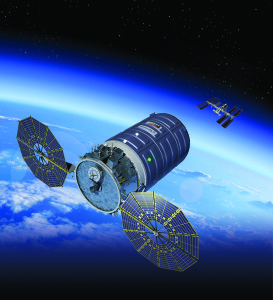 We’re less than an hour-and-a-half from the launch of Orbital ATK’s Cygnus cargo spacecraft on a United Launch Alliance Atlas V rocket.
We’re less than an hour-and-a-half from the launch of Orbital ATK’s Cygnus cargo spacecraft on a United Launch Alliance Atlas V rocket.
All eyes are on the weather right now, with the forecast changed to a 30 percent chance of acceptable conditions at launch time. Air Force meteorologists are watching for thick clouds and disturbed weather. The launch team has a 30-minute window today to send the Atlas V and Cygnus on their way to deliver more than 7,300 pounds of supplies and experiments to the International Space Station.
Countdown is on schedule for 5:55 p.m. EST from here at Cape Canaveral Air Force Station in Florida adjacent to NASA’s Kennedy Space Center. The rocket is being loaded with super-cold propellants right now.
We will give you up-to-the-moment updates throughout this afternoon’s countdown and show you some of the details of the research that this mission will enable as station residents continue their work off the Earth for Earth and help find answers for future crews who will make an eventual journey to Mars. You can also watch launch coverage live on NASA TV either on your television or streaming at www.nasa.gov/ntv.
Atlas V Cryo Tanking in Progress; Weather Deteriorating
The countdown is progressing smoothly and cryogenic tanking is in progress. However, weather forecasters have downgraded the prediction for today’s 30-minute launch opportunity to a 30 percent chance of acceptable conditions as a result of increasing thick and cumulus clouds.
Forecast Changes to 30 Percent ‘Go’
Weather forecasters downgraded the prediction for today’s launch opportunity to 30 percent chance of acceptable conditions. The countdown continues to move toward a liftoff at 5:55 p.m. EST at the beginning of a 30-minute window.
Launch Day for Cygnus – Forecast Remains 60 percent ‘Go’
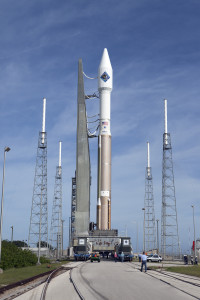 Pending real-time updates during today’s countdown, the 45th Weather Squadron forecast remains 60 percent favorable for the liftoff of Orbital ATK’s S.S. Deke Slayton II Cygnus spacecraft atop a United Launch Alliance Atlas V rocket at 5:55:45 p.m. EST. NASA Television launch coverage begins at 4:30 p.m. This is the company’s fourth scheduled cargo delivery mission to the International Space Station under the agency’s Commercial Resupply Services contract.
Pending real-time updates during today’s countdown, the 45th Weather Squadron forecast remains 60 percent favorable for the liftoff of Orbital ATK’s S.S. Deke Slayton II Cygnus spacecraft atop a United Launch Alliance Atlas V rocket at 5:55:45 p.m. EST. NASA Television launch coverage begins at 4:30 p.m. This is the company’s fourth scheduled cargo delivery mission to the International Space Station under the agency’s Commercial Resupply Services contract.
A launch today will result in the Cygnus spacecraft arriving at the space station on Sunday, Dec. 6. NASA crew members Kjell Lindgren and Scott Kelly will use the station’s Canadarm2 robotic arm to reach out and capture Cygnus at approximately 5:30 a.m. NASA TV coverage of rendezvous and grapple of Cygnus will begin at 4 a.m. Cygnus will be the first cargo ship to be berthed to the Earth-facing port on the Unity module. Coverage of Cygnus’ installation will begin at 7:15 a.m.
If the launch does not occur on today, the next launch opportunity would be at 5:33 p.m. tomorrow, resulting in a grapple and berthing on Dec. 7. Photo credit: NASA/Kim Shiflett
Rollout Imagery
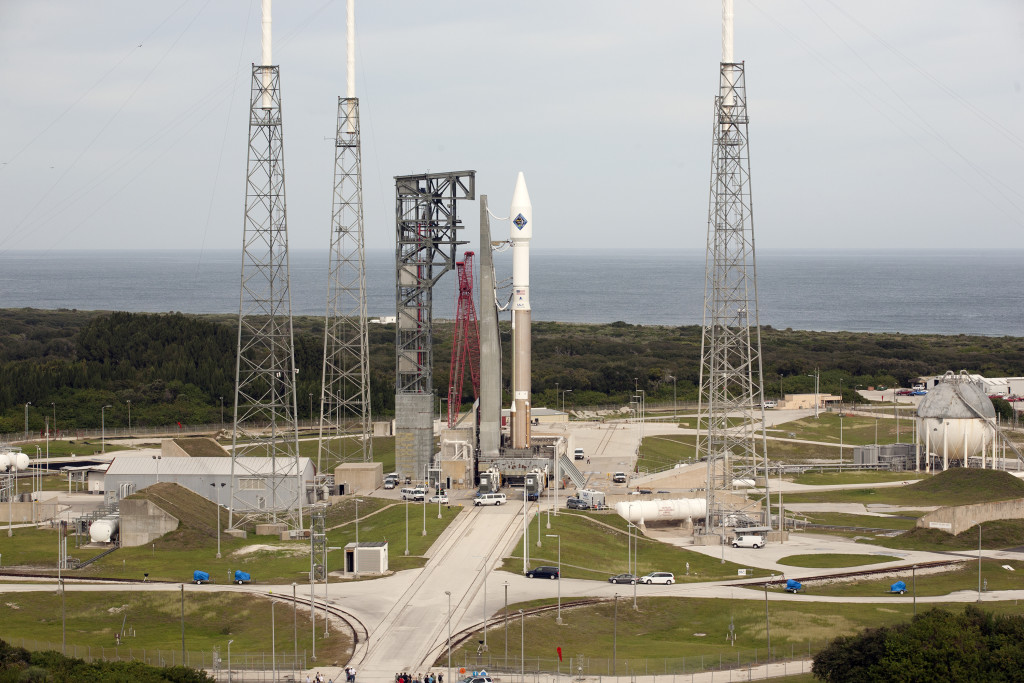
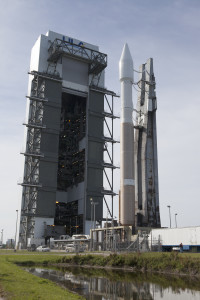
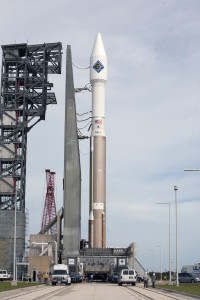
Here are a few photos from this morning’s rollout of the United Launch Alliance Atlas V carrying Orbital ATK’s Cygnus cargo spacecraft. The rocket and spacecraft were moved to the pad at Space Launch Complex 41 at Cape Canaveral Air Force Station adjacent to NASA’s Kennedy Space Center in Florida. The spacecraft has been named Deke Slayton in honor of the late Mercury astronaut and commercial spaceflight pioneer. Rollout photo credits: NASA/ Kim Shiflett. Photo of S.S. Deke Slayton II: NASA/Dimitri Gerondidakis
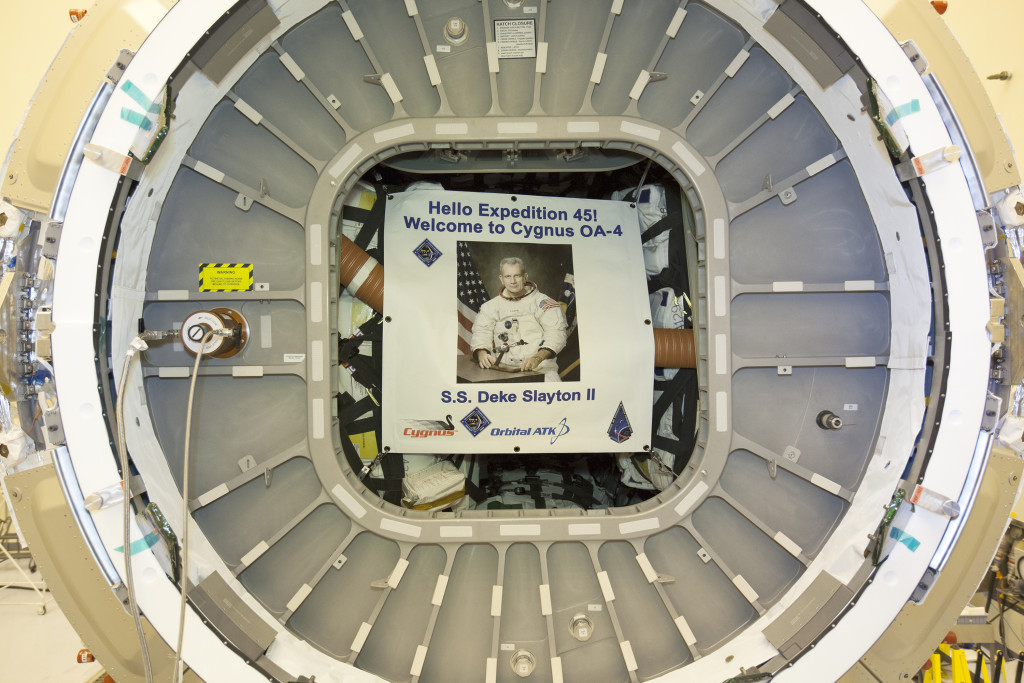
Prelaunch Briefing Airing Now on NASA TV
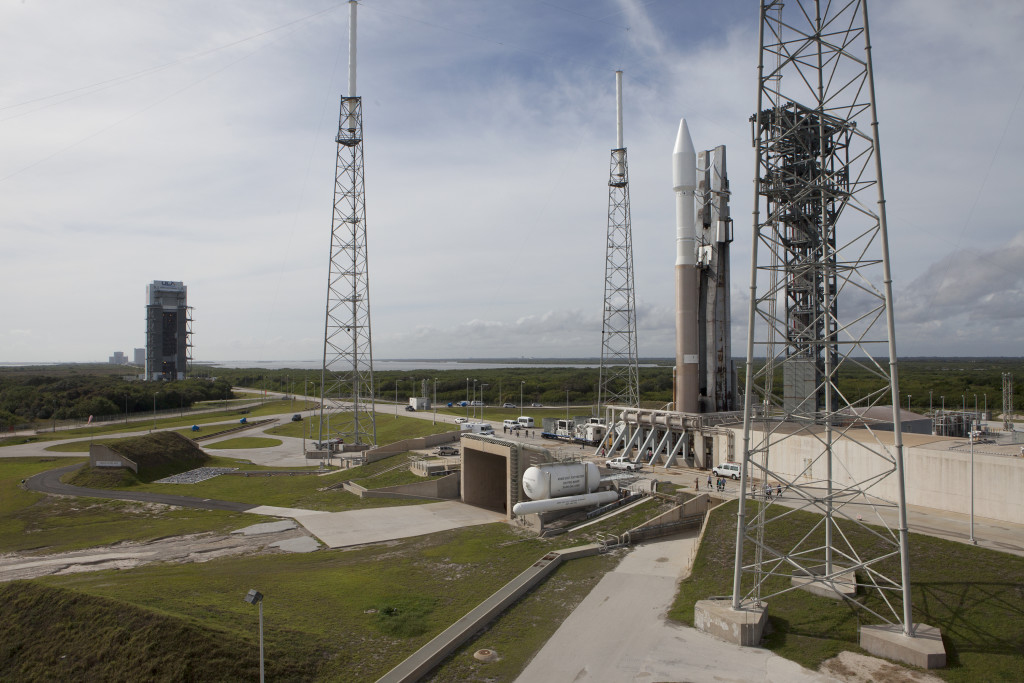 The prelaunch news briefing for the Orbital ATK CRS-4 mission is airing now on NASA TV. You can tune in to NASA TV on your television or watch the live stream below.
The prelaunch news briefing for the Orbital ATK CRS-4 mission is airing now on NASA TV. You can tune in to NASA TV on your television or watch the live stream below.
Atlas V Rocket Arrives at the Pad
 The United Launch Alliance Atlas V rocket is in place at Space Launch Complex 41 at Cape Canaveral Air Force Station in Florida. Sealed inside the payload fairing atop the rocket is the Orbital ATK Cygnus spacecraft filled with science, crew supplies and equipment bound for the International Space Station.
The United Launch Alliance Atlas V rocket is in place at Space Launch Complex 41 at Cape Canaveral Air Force Station in Florida. Sealed inside the payload fairing atop the rocket is the Orbital ATK Cygnus spacecraft filled with science, crew supplies and equipment bound for the International Space Station.
Photo credit: United Launch Alliance
